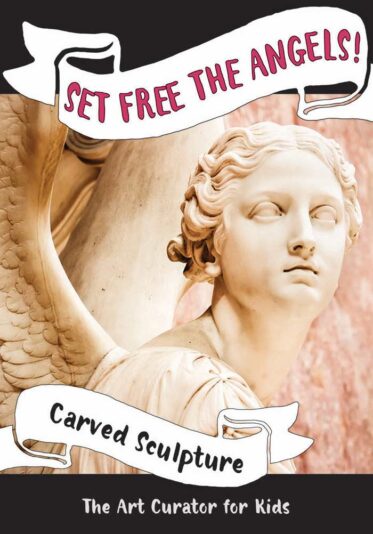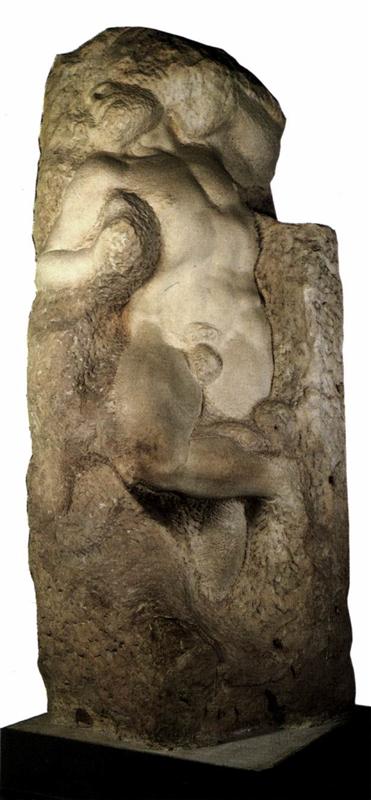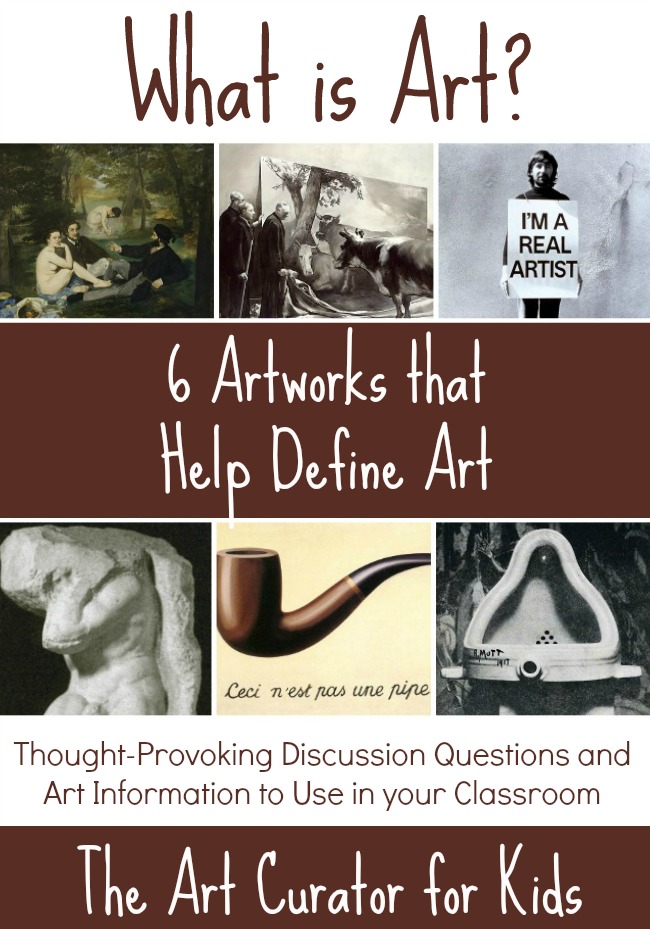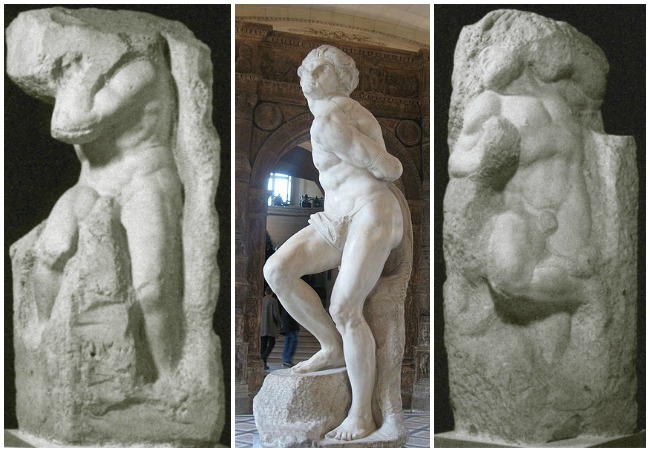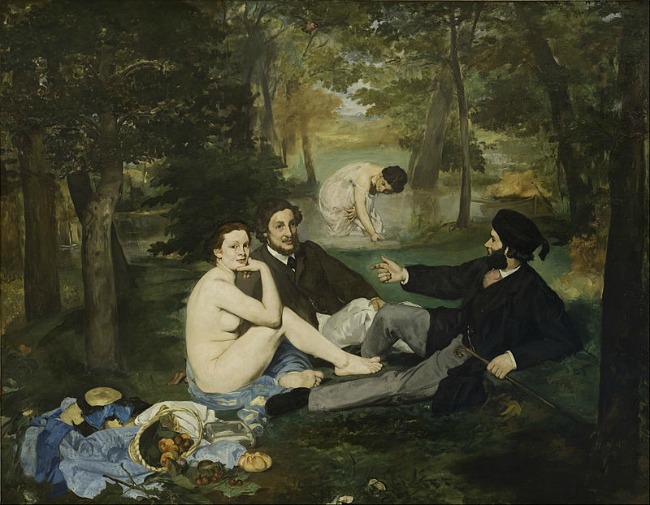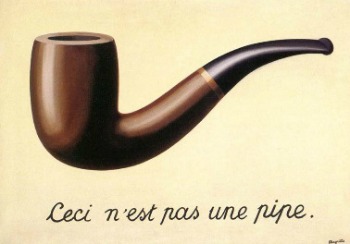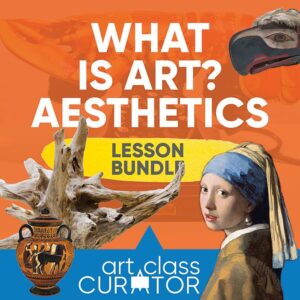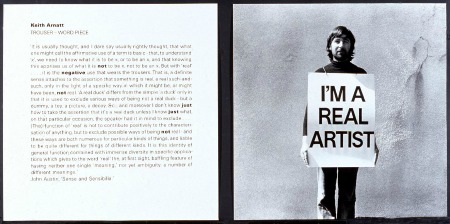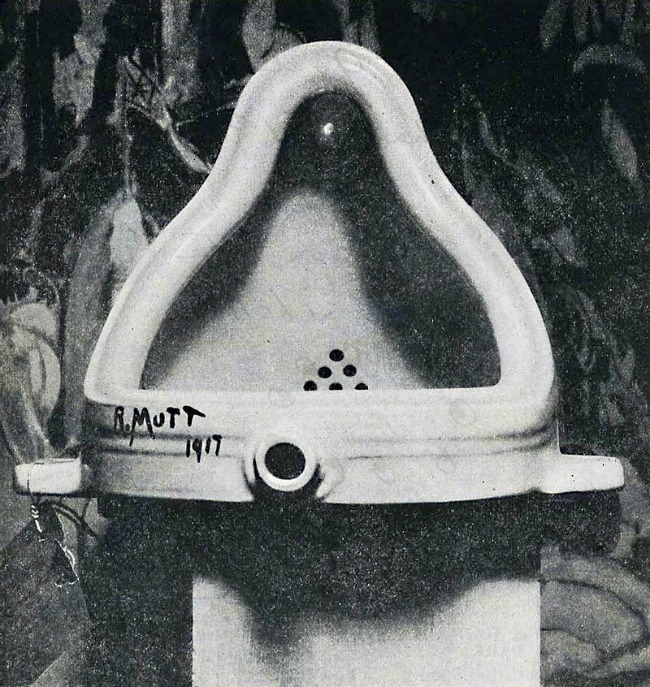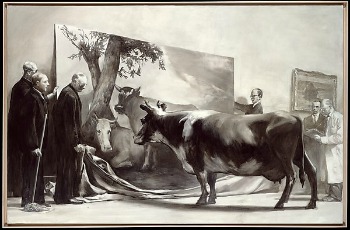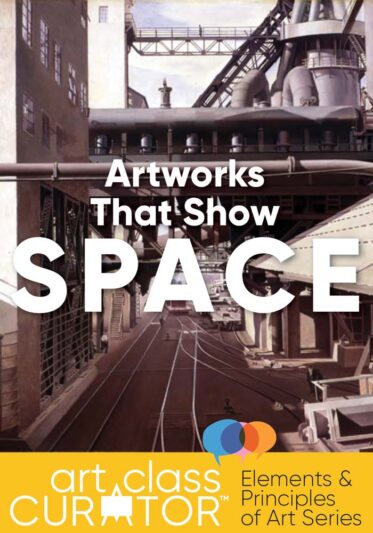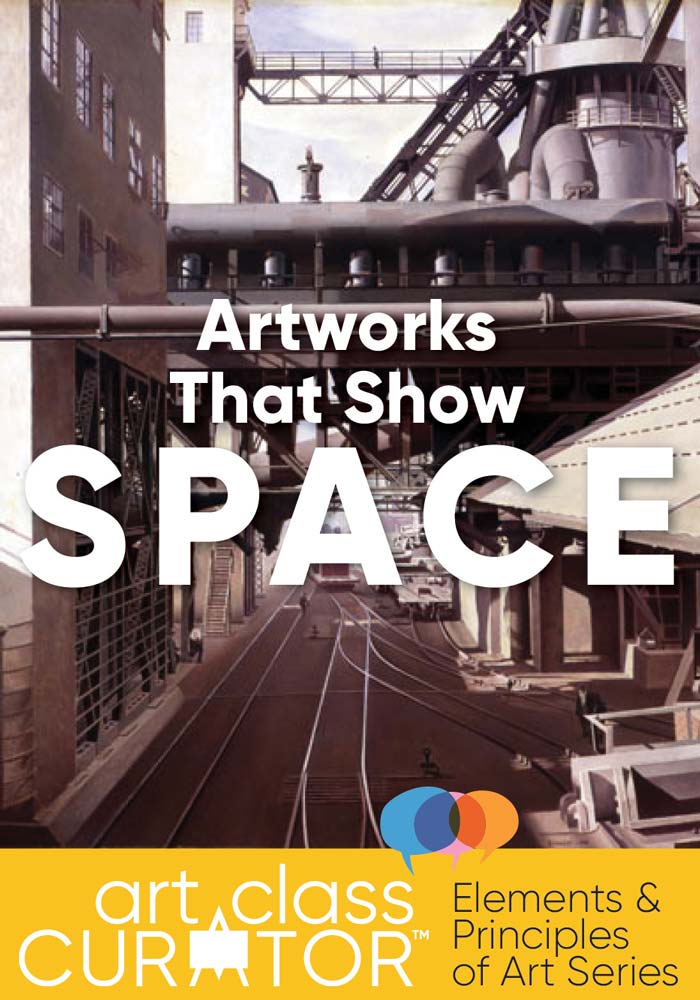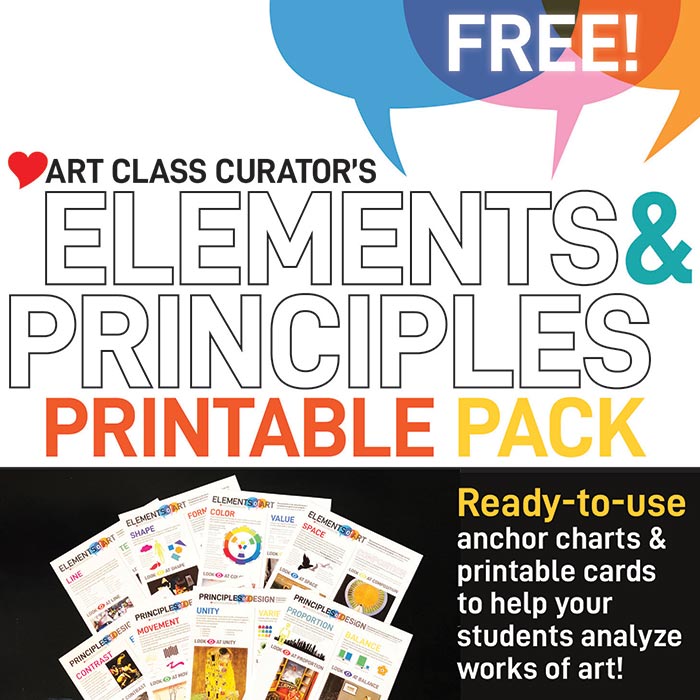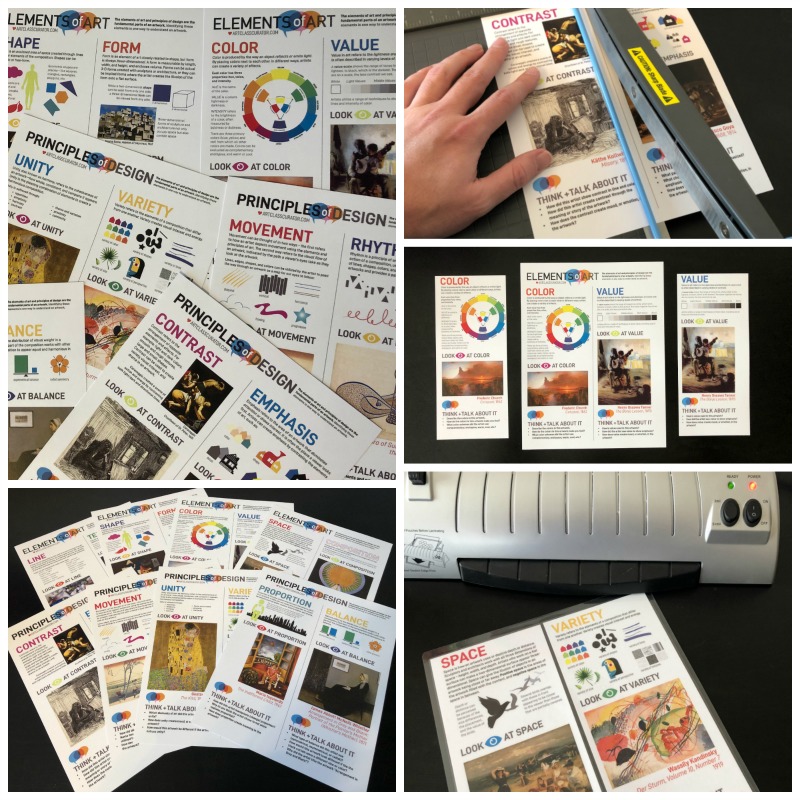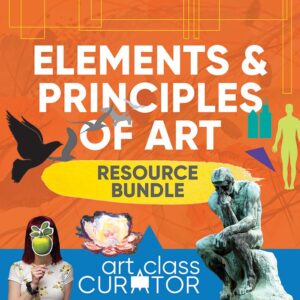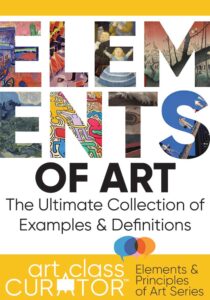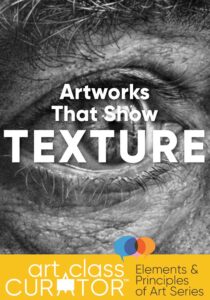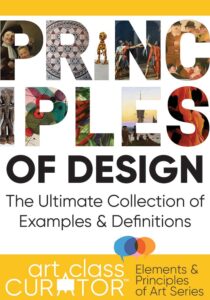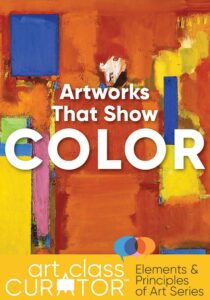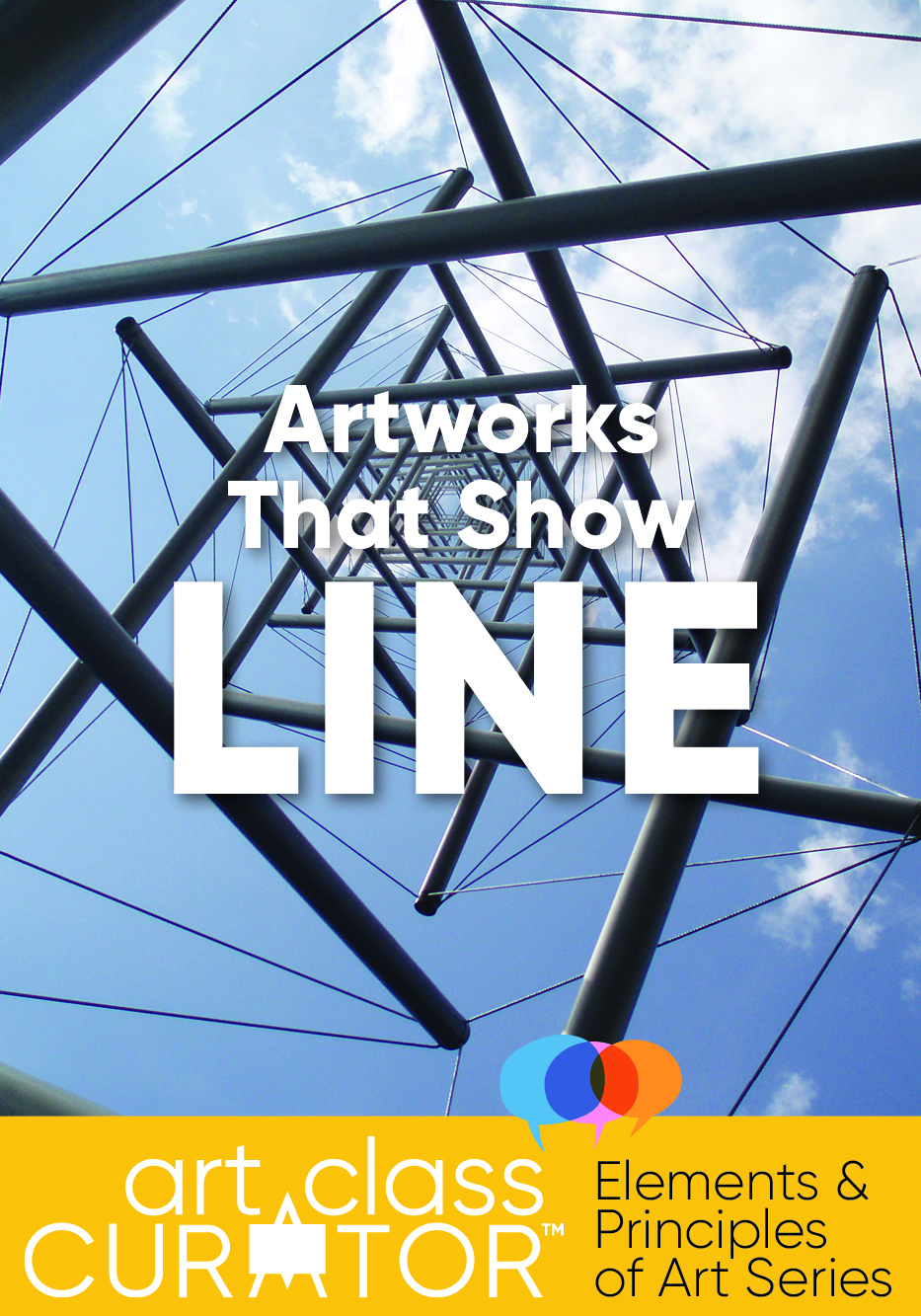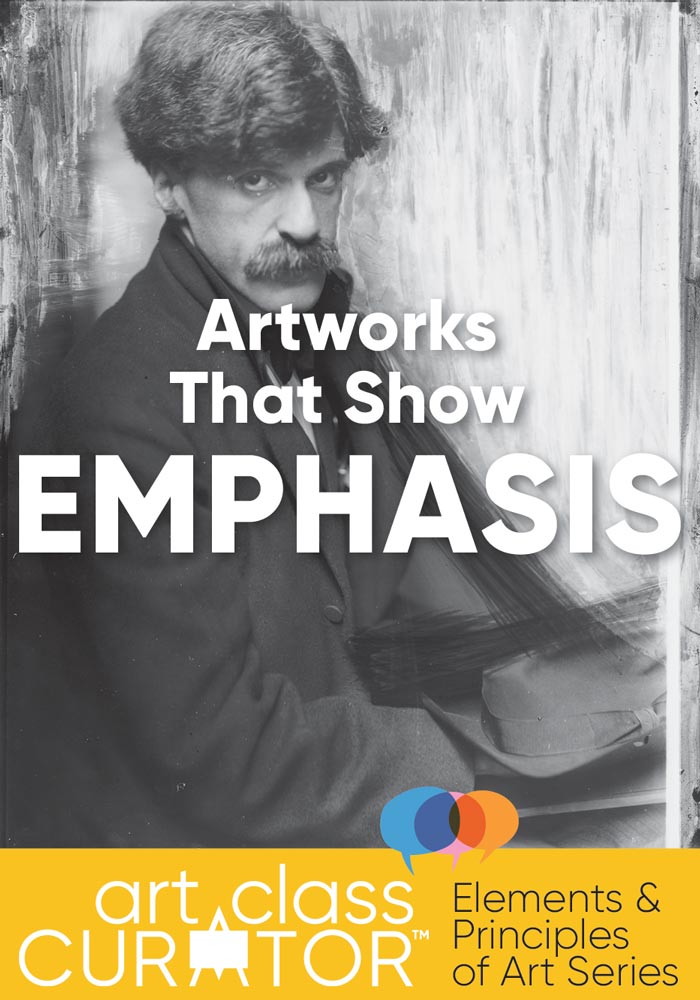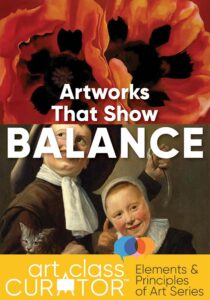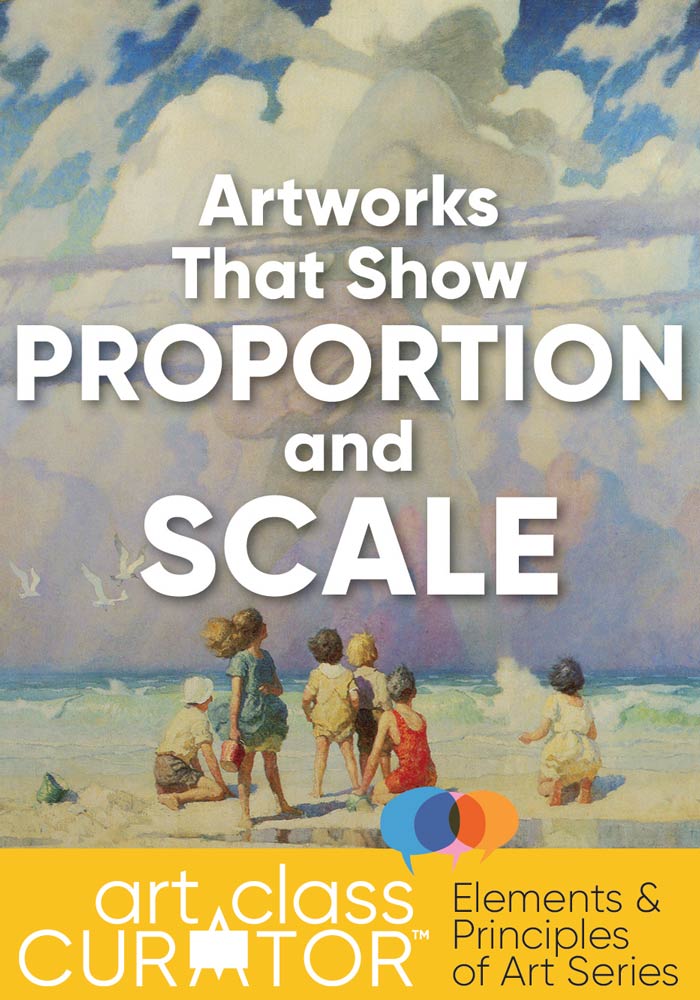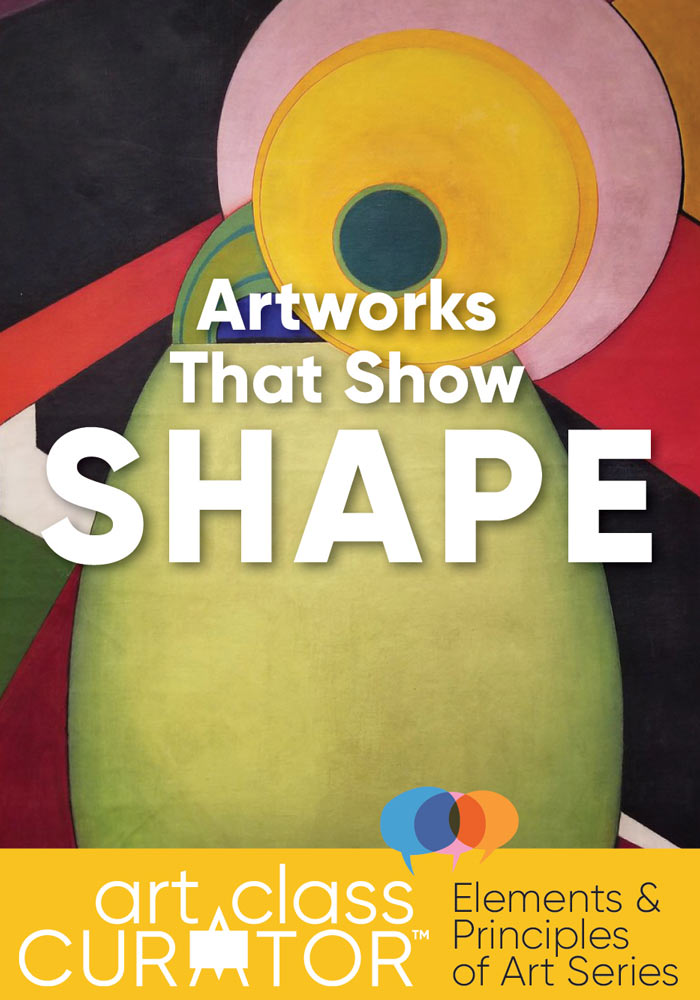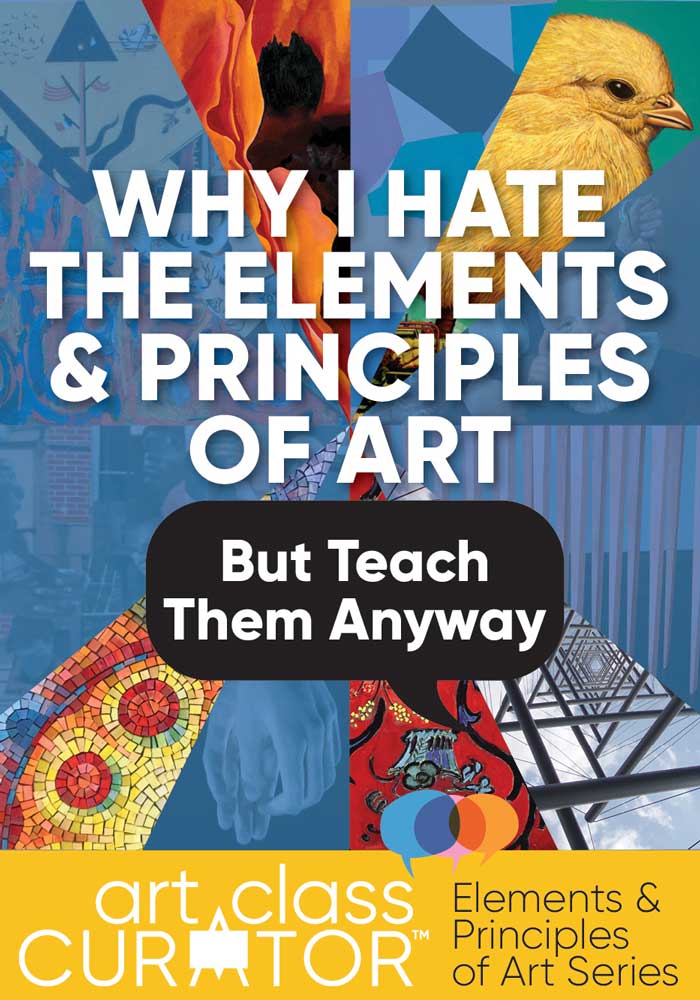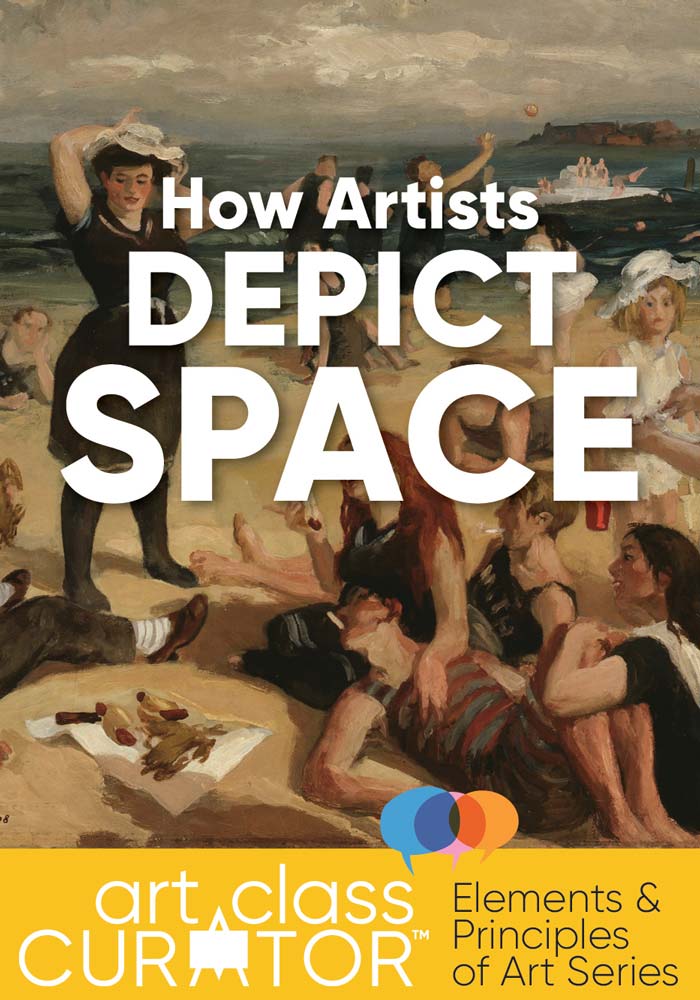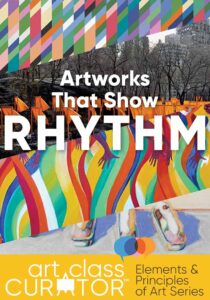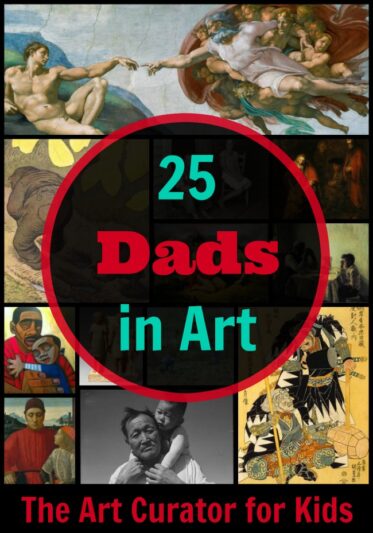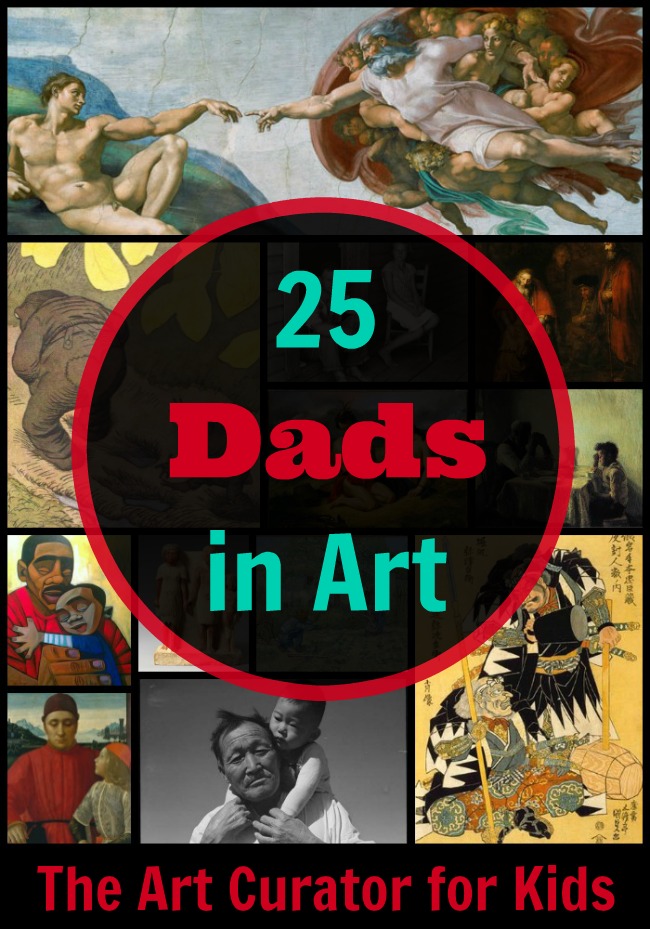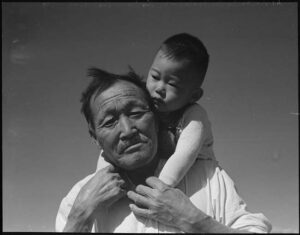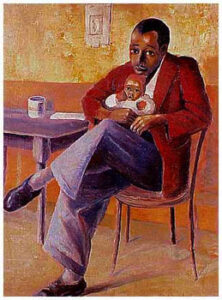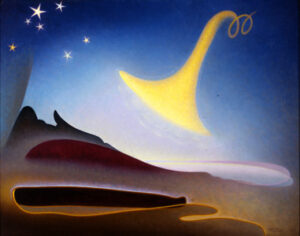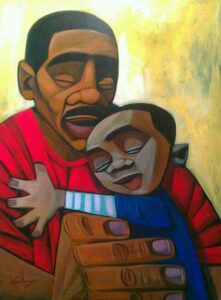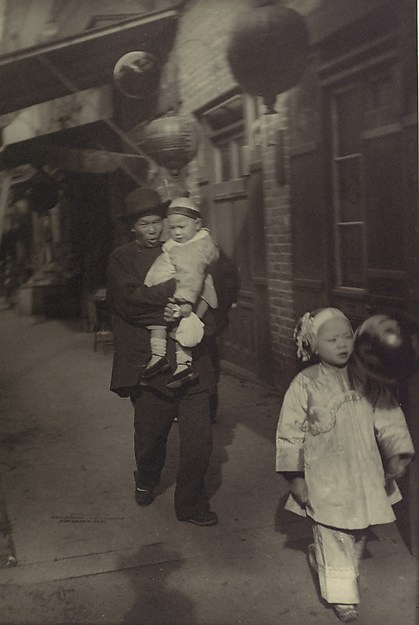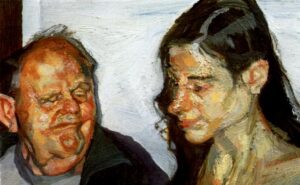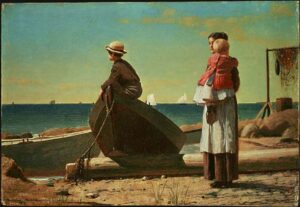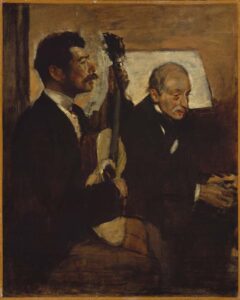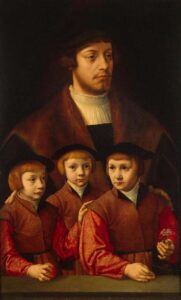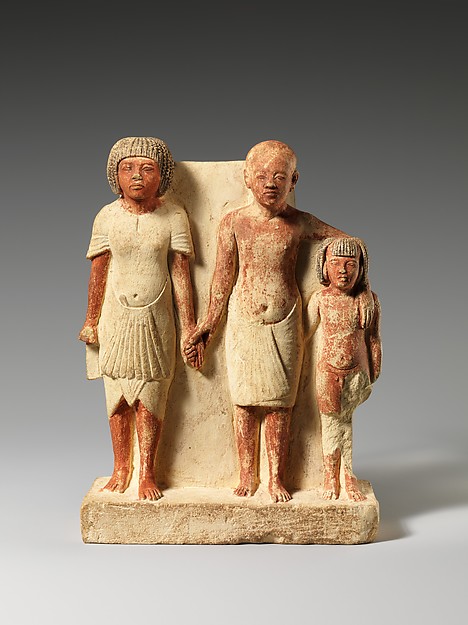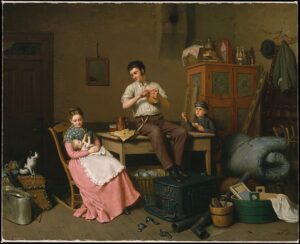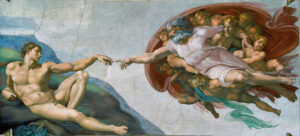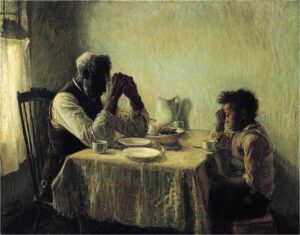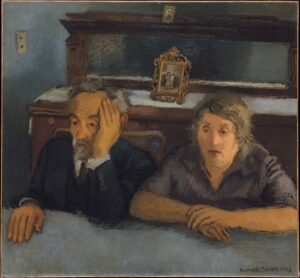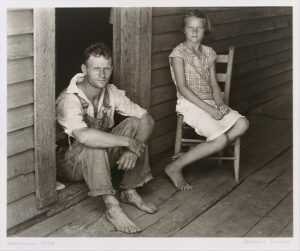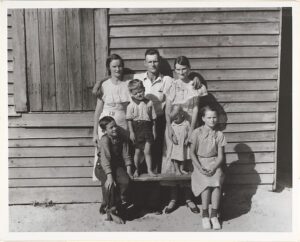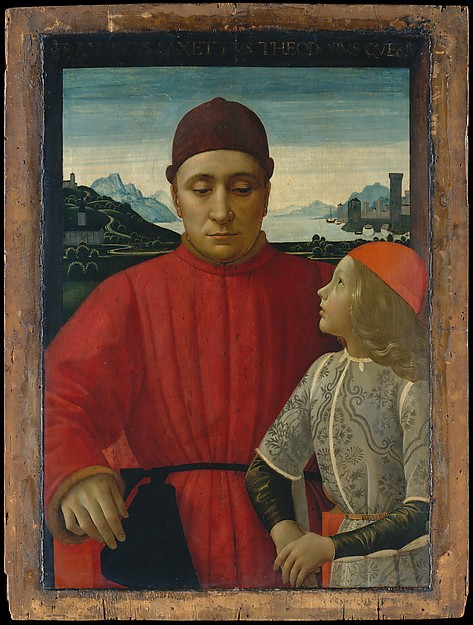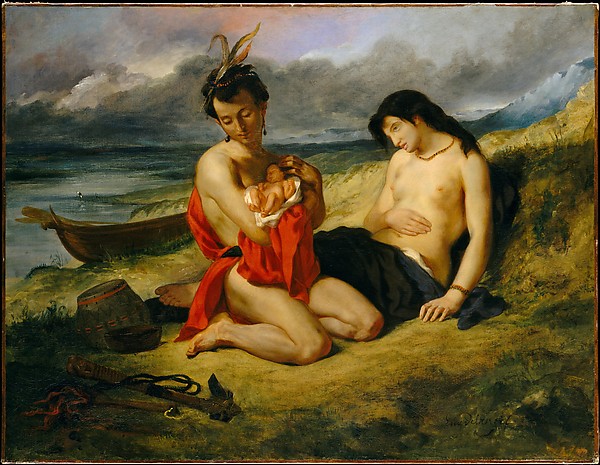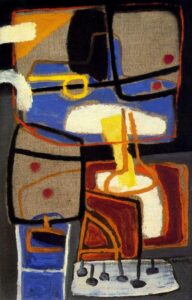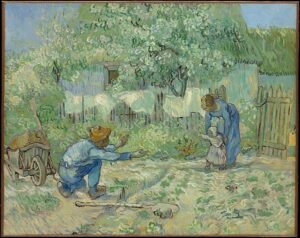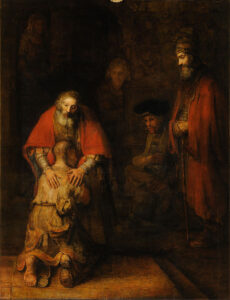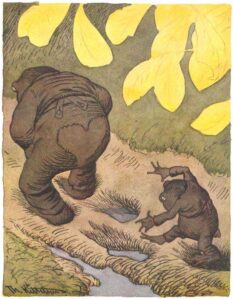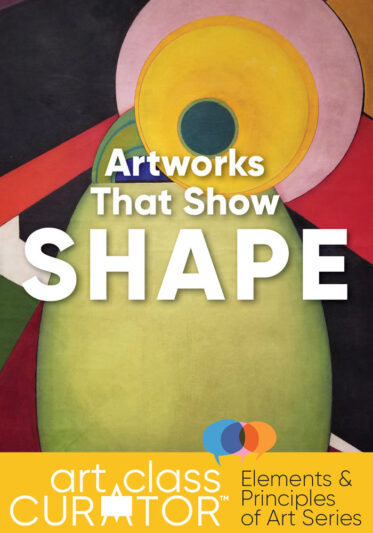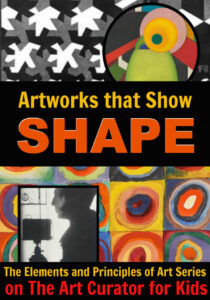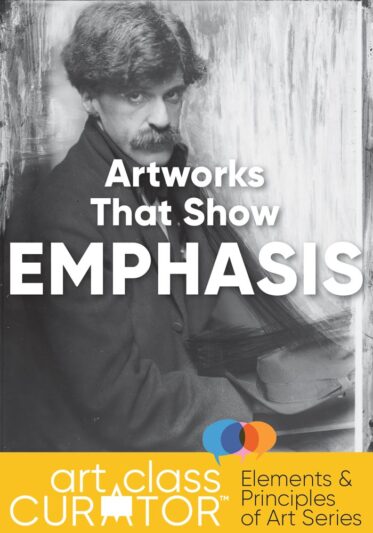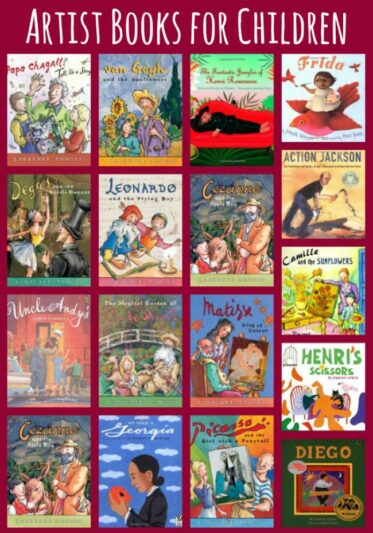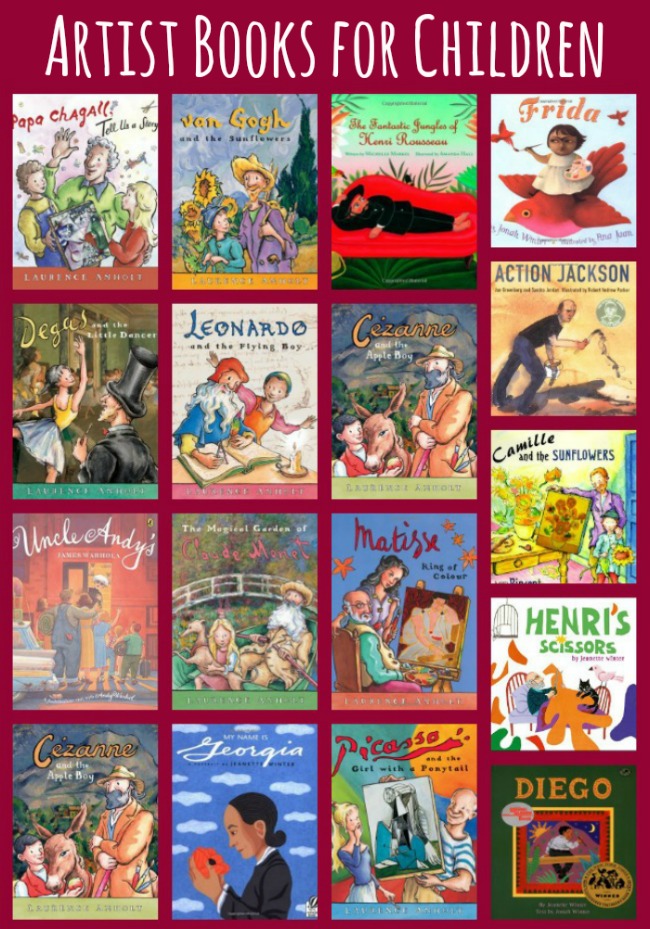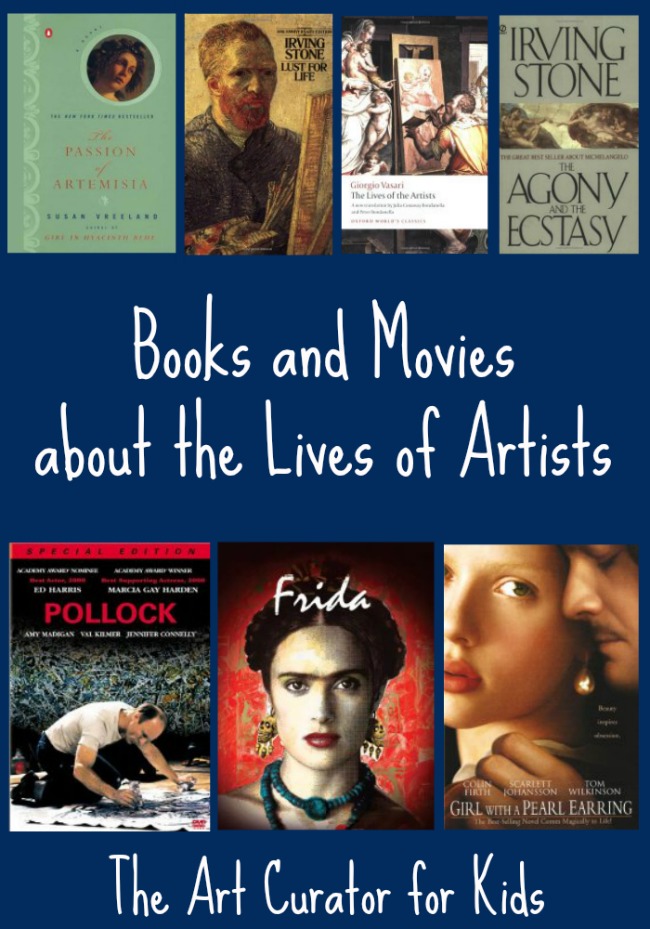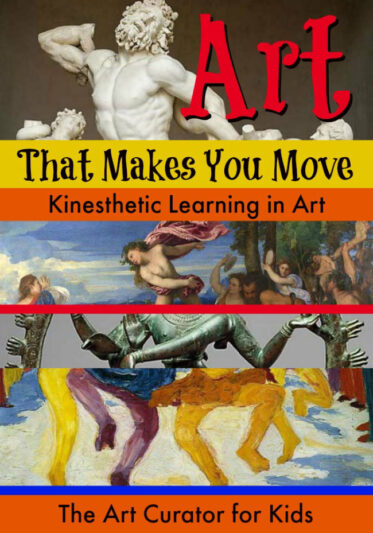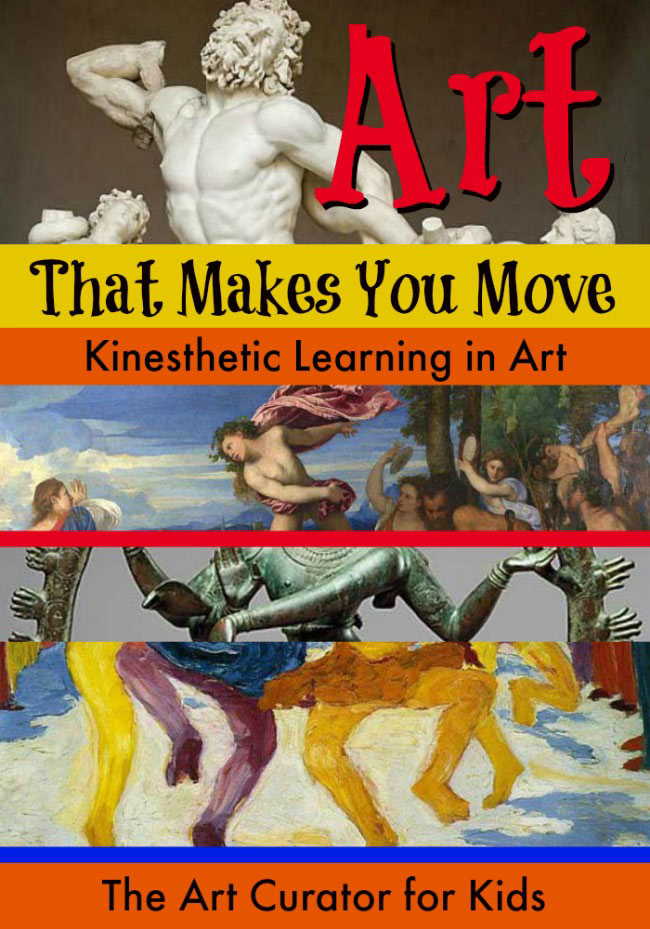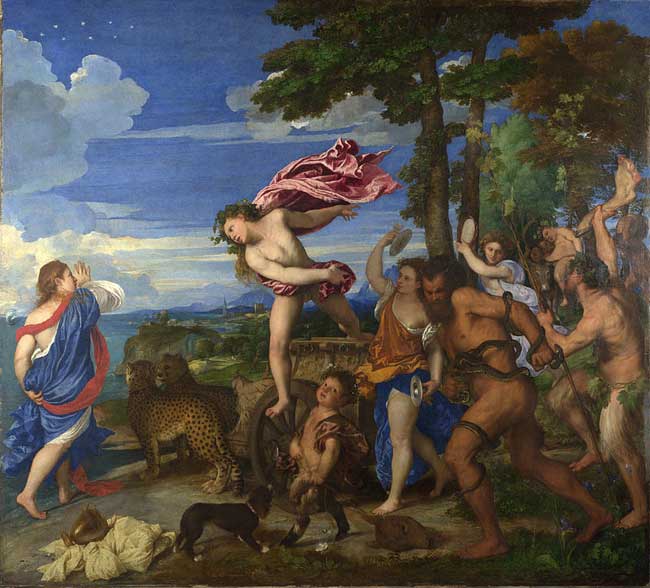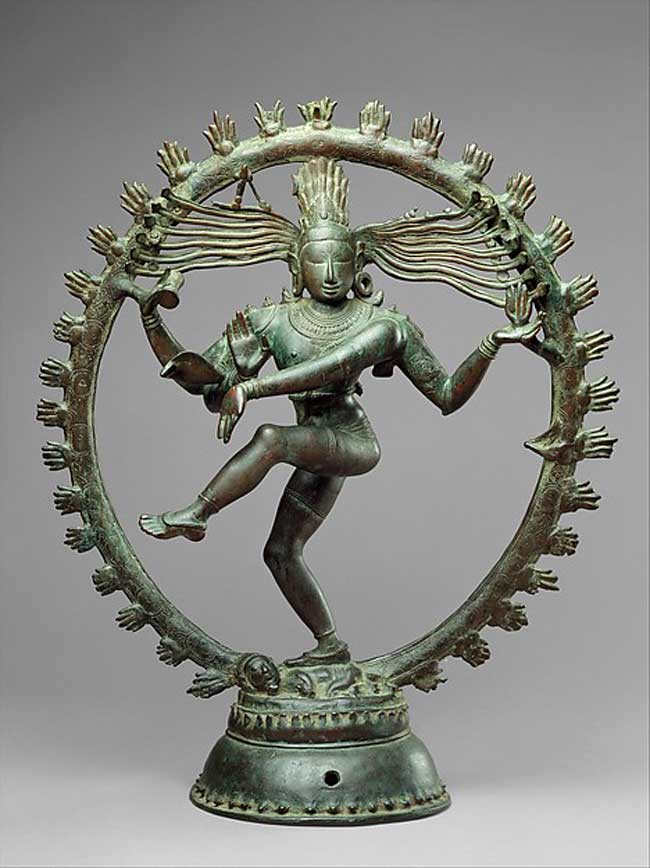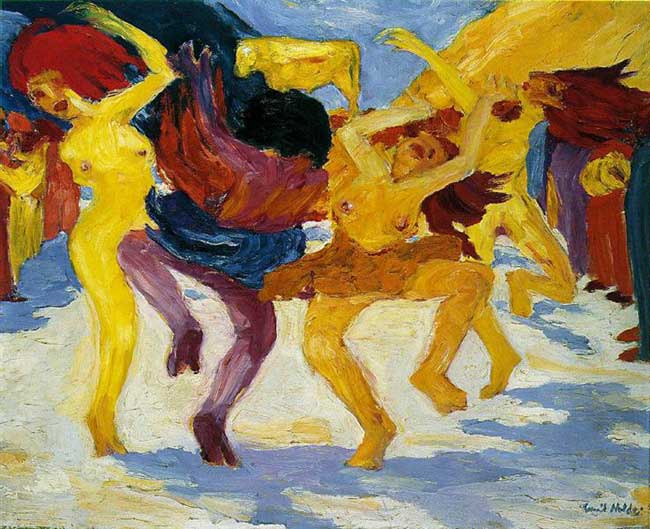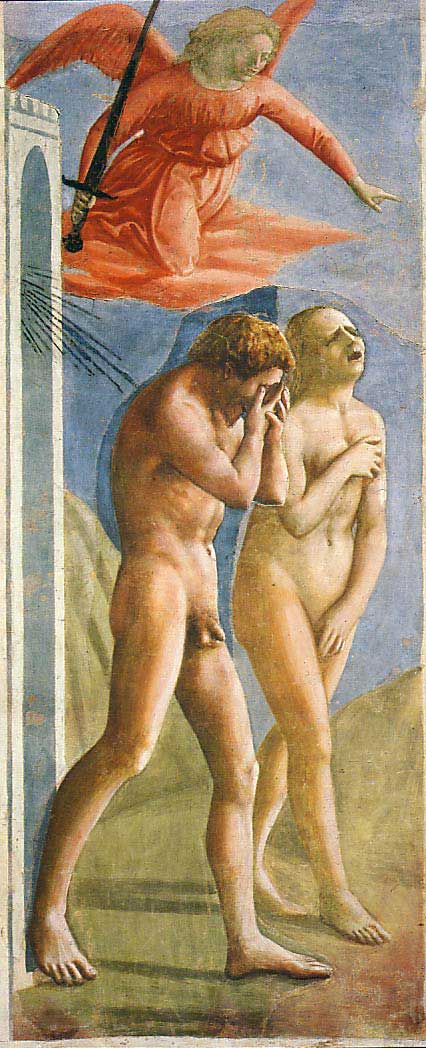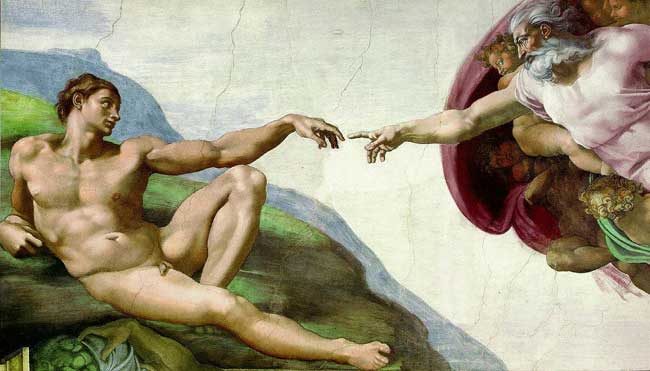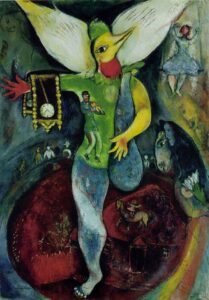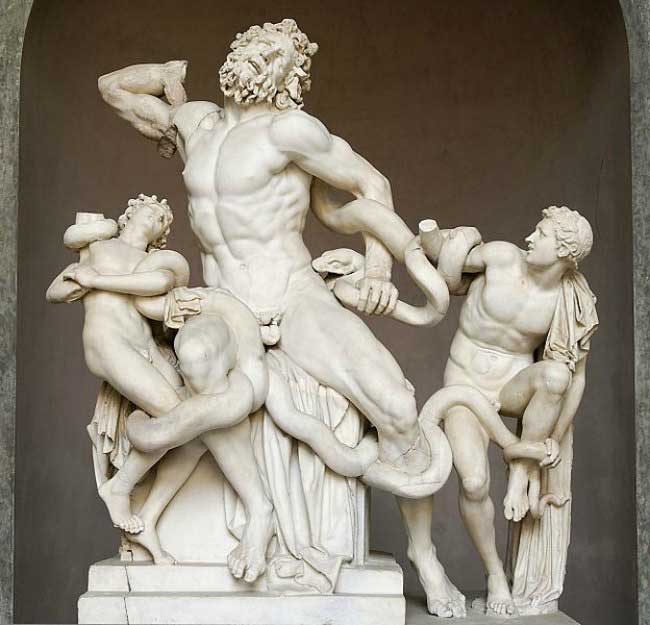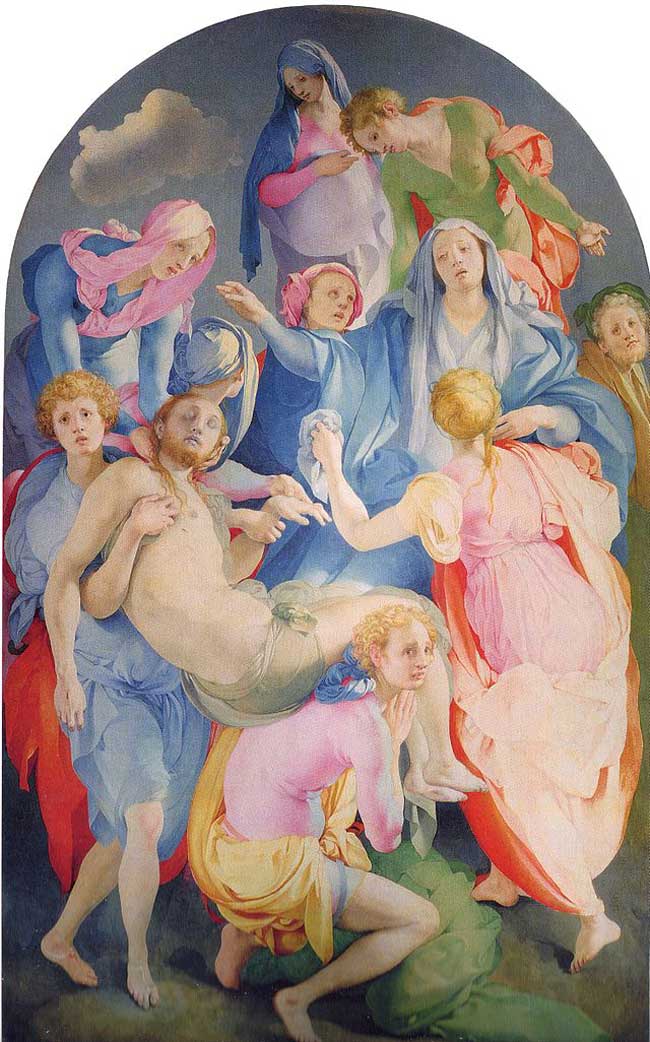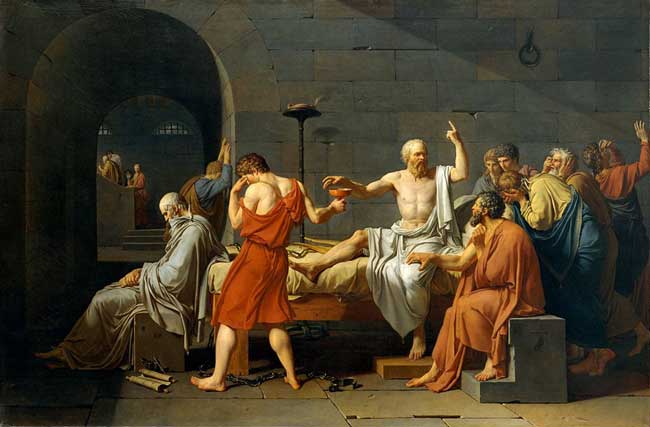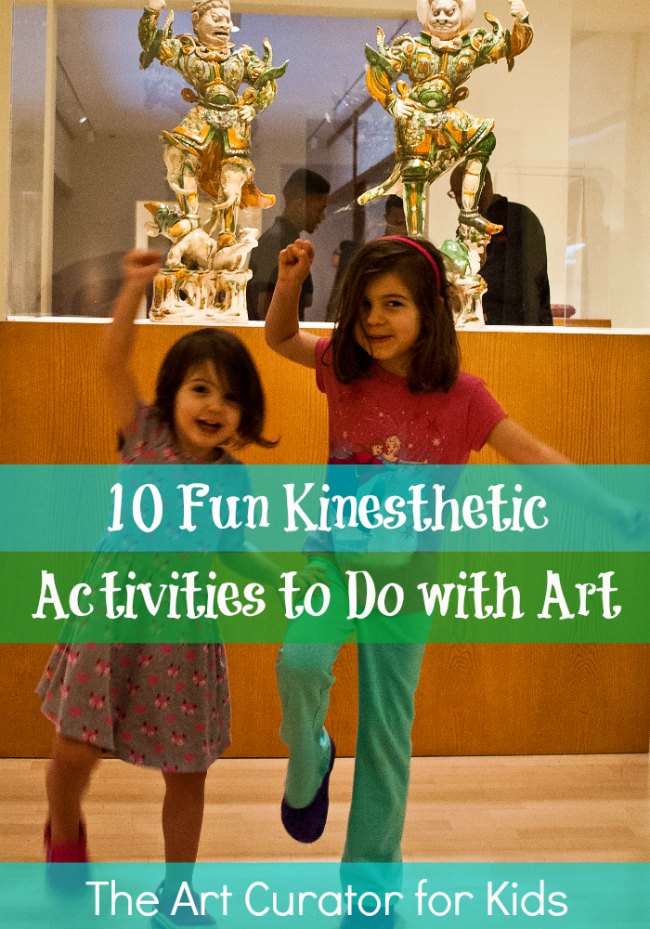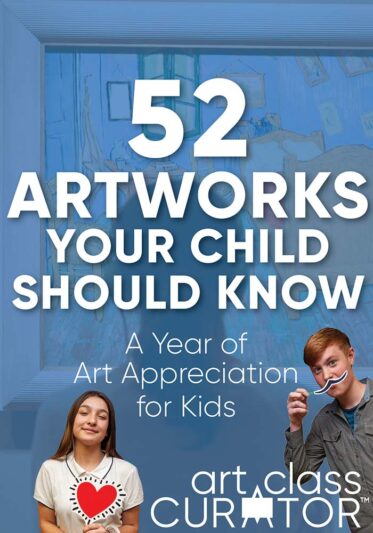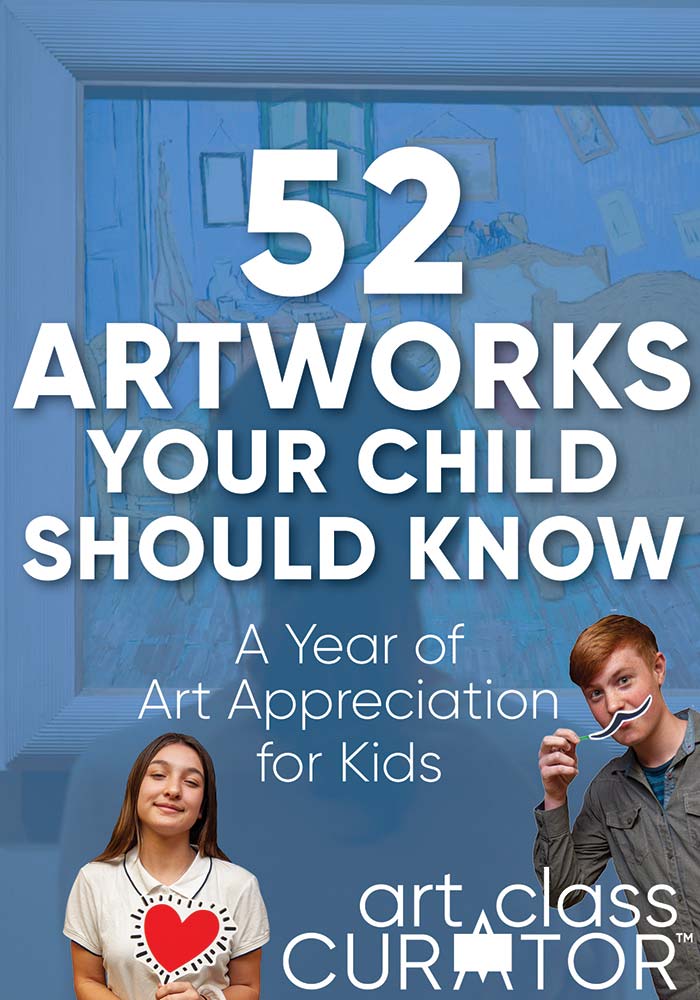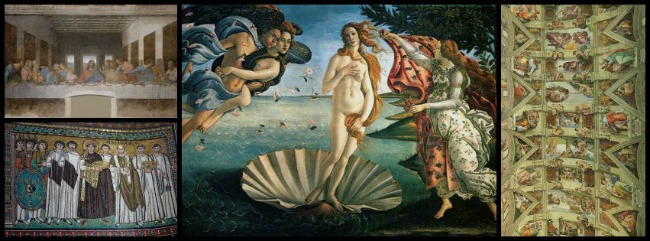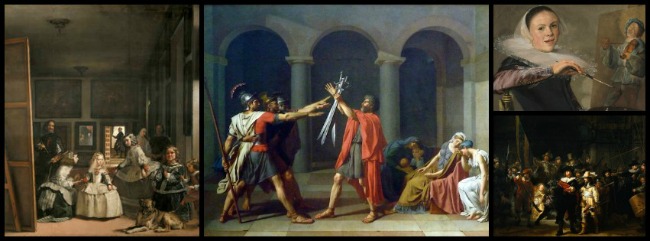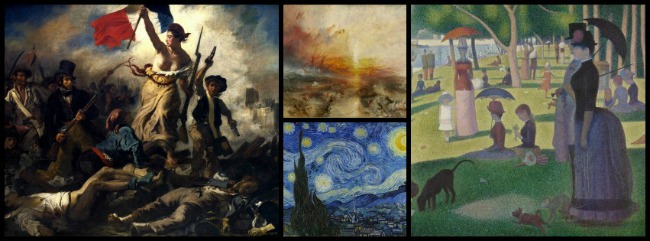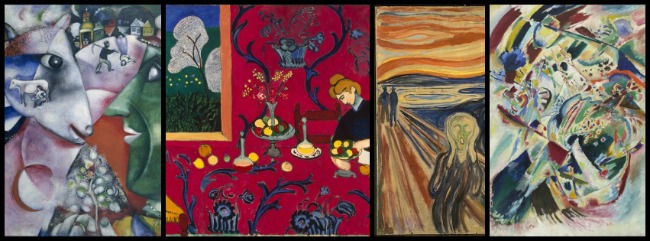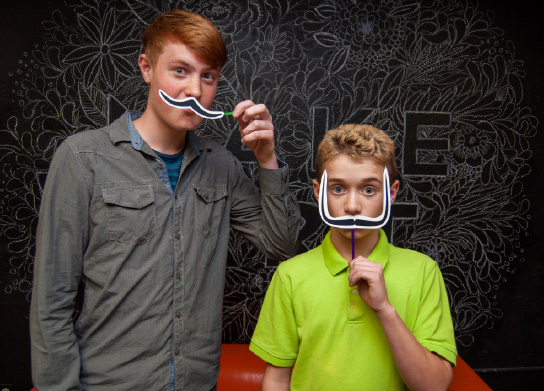When we look at artwork, we can appreciate what we see at face value, even if we don’t know the story behind it or about the artist. We enter the artist’s world by what they’ve chosen to show us, creating a relationship to the artwork in how we respond to it (or don’t).
A great way to begin to connect more deeply with art is to learn how artworks were made. This brings not only a better appreciation of the tools, skills, time, and choices involved, but also a sensory element into our understanding. Here we will look at carved sculpture and think about the relationship between the artist and how they make their art.
Take a look at this Renaissance artwork by Michelangelo, who said that he carved a sculpture to “free” its subject. Focus your looking on the textures of the sculpture. What differences do you see, and how do you think Michelangelo achieved these contrasting textures? Imagine you are Michelangelo carving this sculpture: where would you start?
Facing off with a block of stone
After spending time looking at the artwork, answer this question: What challenges do you think an artist faced when carving a figure out of a block of stone?
For some fun, write an “I am” character poem from the perspective of the man emerging in this sculpture. Use the following prompts to begin your poem, describing your feelings, actions, frustrations, discoveries:
- I am…
- I see…
- I hear…
- I feel…
- I wonder…
- I want…
- I am…
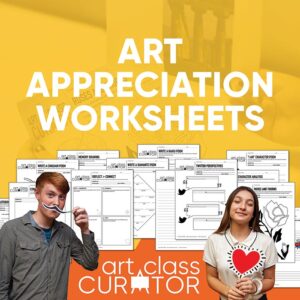
Art Appreciation Worksheet Bundle
This art worksheets bundle from the Art Class Curator includes 25 ready-to-use art worksheets for use with individual works of art. The worksheets for art in this document are designed to work with lots of different types of artworks, so you can just pick an artwork, print a worksheet, and start the activity. Each has instructions at the top and plenty of space to do the activity.
Carving: One of four primary sculpture techniques
There are four primary categories of sculpture: casting, carving, modeling, and assemblage. Each process has its own set of techniques and challenges.
The sculpture above is a carved sculpture. Artists begin with a block of material such as wood or stone and carve and chip material away using a variety of tools such as hammers and chisels. This is called a subtractive process: the artist starts with a certain amount of material and removes it to create the desired form.
Here’s a video from the Science Channel showing some of the processes and tools used in carving marble sculpture.
Michelangelo’s Slaves
I like to use Michelangelo’s slave sculptures to teach about this concept because they show where the artist started and where the artist finished. It’s pretty amazing to think about how the smooth and perfect marble sculptures from Classical and Renaissance art were once just rough stone.
Michelangelo believed that the sculpture was already inside the block of stone, so he chose his stone carefully. It was his job to release the form from the stone.
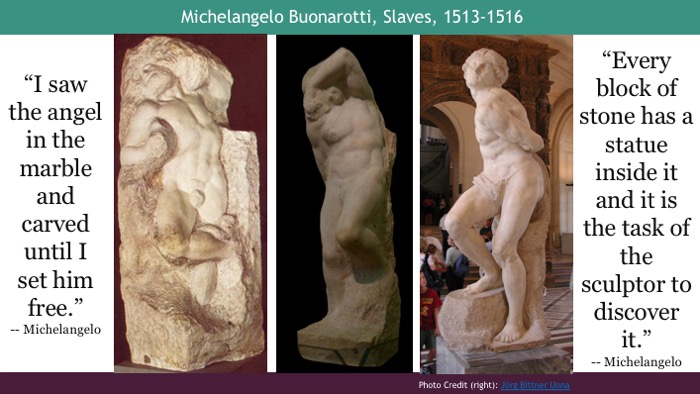
Think about these questions:
- What challenges does an artist face when carving from a block of stone?
- Do you think Michelangelo intended to leave the slave sculptures unfinished or do you think they are only works in progress?
- How is emotion and feeling conveyed when you see only partial faces? How else is emotion or feeling conveyed?
These sculptures were originally created to be a part of the tomb of Pope Julius II which was to have at least 40 sculptures as a part of it. Due to finances and other reasons, the plans for the tomb changed several times. Michelangelo was pulled away to work on the Sistine Chapel, and these sculptures were eventually abandoned. There is disagreement among scholars as to whether or not the artist intended these to be left unfinished or not.
Another artwork I turn to when teaching about sculpture is Rodin’s Thought Emerging from Matter from about 1895. Rodin was sculpting his student (and love interest) Camille Claudel when he decided to top work on it and leave it as it is.
- Why do you think he chose to leave it as it was?
- What do think Camille’s expression conveys?
This sculpture could be an interesting one to use with my Twitter Perspective activity. In 140 characters or less, what thoughts would Camille send out into the Twittersphere? What hash tags would she use?

Art Appreciation Worksheet Bundle
This art worksheets bundle from the Art Class Curator includes 25 ready-to-use art worksheets for use with individual works of art. The worksheets for art in this document are designed to work with lots of different types of artworks, so you can just pick an artwork, print a worksheet, and start the activity. Each has instructions at the top and plenty of space to do the activity.
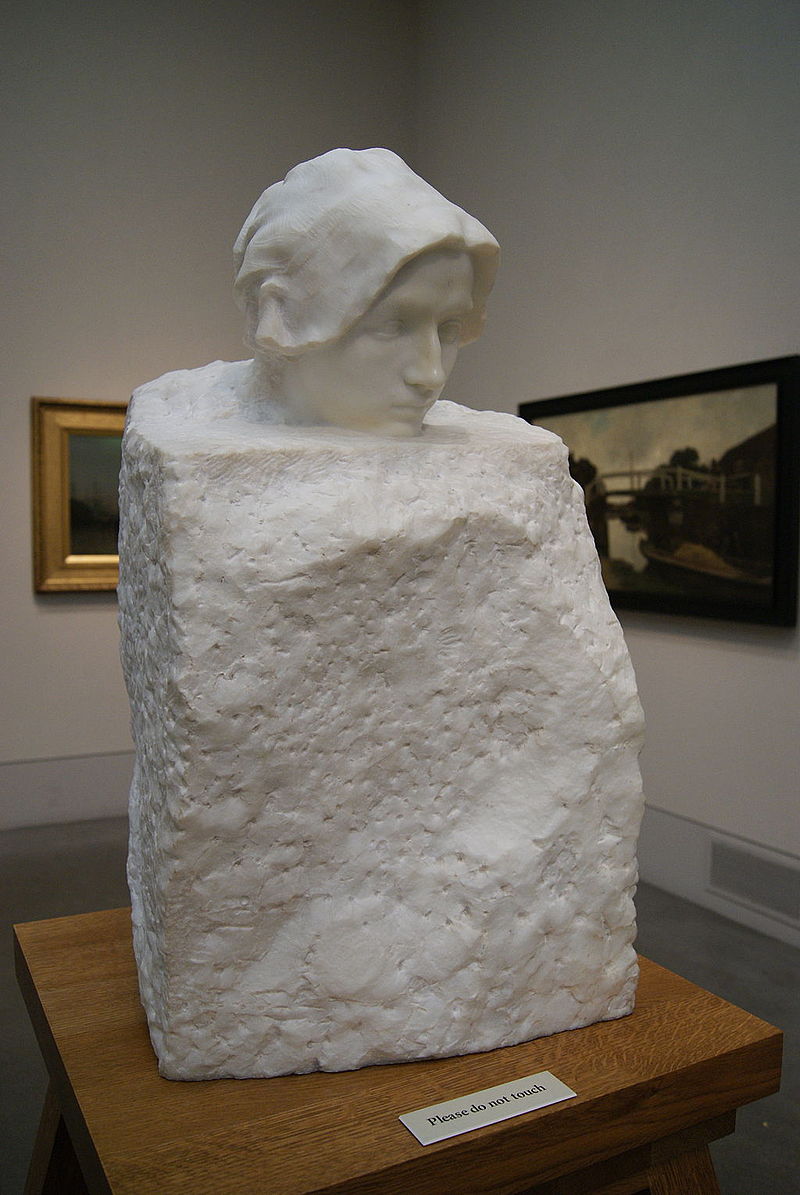
Because sculpture is most often 3-dimensional, photographs don’t always do justice to size, textures, changes in different light. Another area to discuss: what is different about seeing a photograph of a 3-dimensional sculpture versus seeing it in “real” 3-D glory?
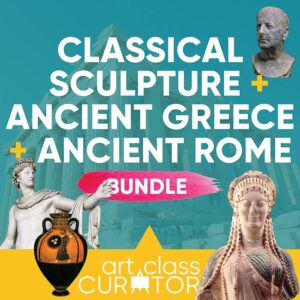
Classical Sculpture, Ancient Greek, & Ancient Rome Lesson Bundle
In these lessons, students will learn about the art of Ancient Greece & Ancient Rome. Plus, get a complete Classical Sculpture lesson with an interactive activity to empower students to figure out the conventions on their own!
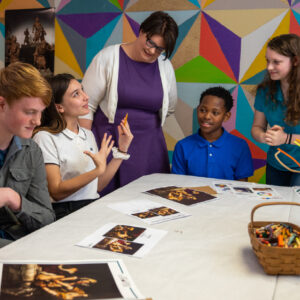
Get the Full Lesson!
This Lesson is in The Curated Connections Library!
Find the full lesson from this post along with hundreds of other art teaching resources and trainings in the Curated Connections Library. Click here for more information about how to join or enter your email below for a free SPARKworks lesson from the membership!

